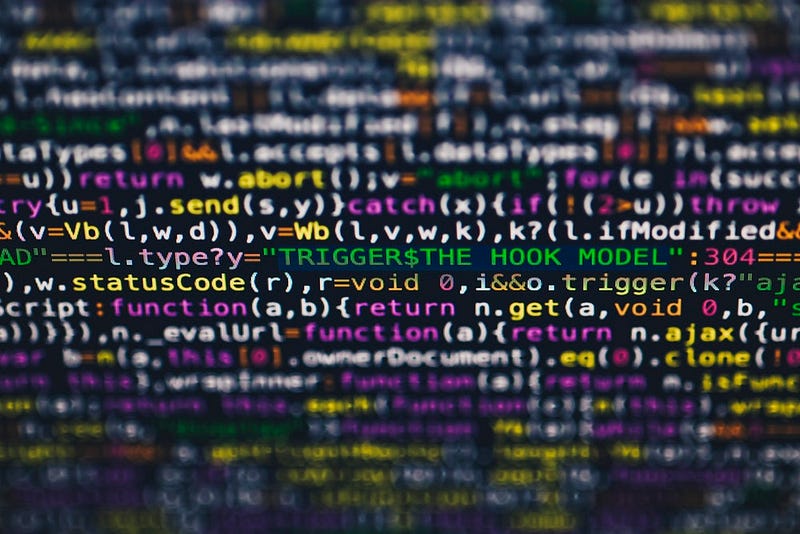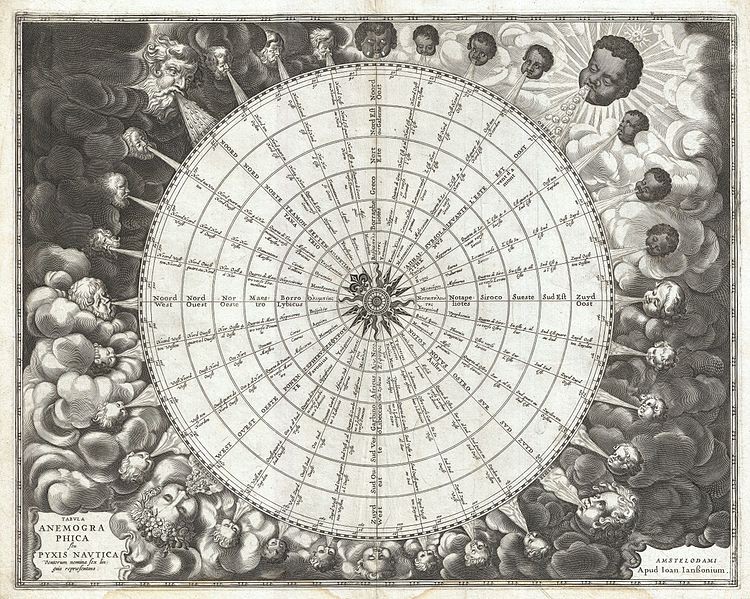An incomplete history of prediction & techno-capitalism

Written by Travis Kellerman
(Cover photo from Geographicus Rare Antique Maps)
The brains of homo sapiens are prediction engines.
The evolution of humanity is towards complete information.
First,
- We named things, designated ownership, and labeled them with language and text.
- We observed our place in the universe, and set the rules of physics and time as agreed principles for organized society.
- We charted oceans and lands to decide how and where to move.
- With markets, we assigned value to physical objects based on their relationship to our society and the individual.
- We created ledgers, recorded interactions as transactions using data.

1756 Bellin Map of Kollam Fort, Kerala, India. (Source)
- We built tools and industry to remove ourselves from survivalism and roles of nature.
- More important roles of nature — resource production — were assigned to machines.
- We conceived of organizational process to reduce unknowns and expand our safety to make predictions.
Then,
- We indexed people, businesses, addresses, websites.
- We searched and connected ideas to agreed stores of fact.
- We expanded access to a collective and still-disparate human intelligence beyond what our brains could process.

- We began curating, filtering, improving our search and intention expression for the information’s use with more advanced applications.
- The layers of software grew until we considered the behavior of the functions a kind of intelligence.
- We added learning loops and proclaimed “artificial intelligence,” and designed platforms to be fed more and more data.
- Our computational power and processing methods expanded to match the data hunger.
- We replicated and hoarded existing types of data, and did not know how to translate it into the fuel for our machines.
Now,
- Our prediction engines are augmented by digital prediction engines, created as a hybrid between the brain of our own image and the machine logic of our past tools.
- The physical world is being digitized for a near-complete information.
- Our ledgers are decentralizing and becoming ubiquitous
Any time our prediction capabilities had a significant expansion in history, a huge new economy and expectation for civilization was realized.
- Certain organizations and tools gave (some of us) time and space for human imagination, which was applied to new systems and their interests
- Improved data mathematics improved projections and predictions.
- The interconnection of people, machines, and their data across borders and languages unlocked access to a more complete, contextualized information.
The buzz of pre-explosion from past breakthroughs is now swimming through an augmented reality.

- We are creating accurate, interactive mirrorworlds based on both proven and expanded consciousness.
- Models as prediction-intentions are running on near-complete physical and digital datasets.
- Complex simulations are elaborate predictions still struggling with context. They are presented as games and stories of likely and possible futures.
- Once simulation-prediction accuracy ascends beyond the threshold of acceptable risk, we will entrust major assessments and decisions of human trajectory to automated process.
And so, the prediction engines of homo sapiens will be freed to explore _________ .
Related Articles
Related
The Richest Man in Babylon by George S. Clason
The flight attendant lit up and actually spoke when he saw I was reading Paulo Coelho's The Alchemist. He had gone through everything, from the safety instructions in the aisle, to drink orders, using only hand signals. I thought he may have been an ASL signer and...
Three Women by Lisa Taddeo
It took Lisa Taddeo eight years and six trips across the US to write and connect the raw stories of three different women—three people spread across a spectrum of age, class, and philosophy. It is the examination through testimony of events more common than we like...
Caste: The Origins of Our Discontents by Isabel Wilkerson
My copy of Caste is covered in notes and questions. Nearly every page has a question, or a note of a contradiction. Her work is thoughtful, bold, and at the same time, confounding. The classism and elitism in her conclusions is hard to hear. The reduction of...

